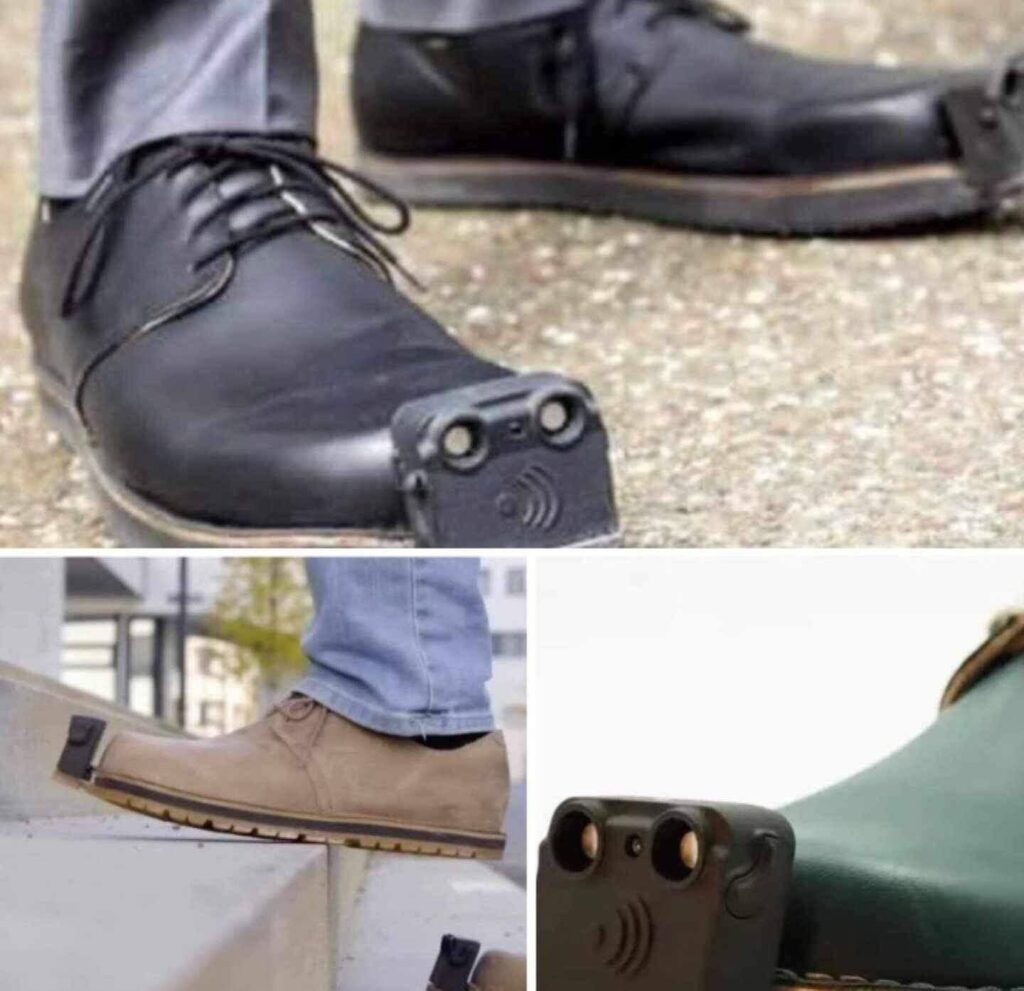
This Is What You Should Know If You See Someone Wearing These Shoes – It Could Be Changing Their Life
A quiet but powerful revolution is happening—one step at a time. In Austria, a team of innovators has developed a game-changing piece of technology that could transform the way blind and visually impaired individuals experience the world. It may look like an ordinary pair of sneakers, but it’s far more than that. Meet InnoMake, the intelligent shoe designed to detect obstacles and guide its wearer safely through everyday environments.
Created through a collaboration between the Austrian startup Tec-Innovation and researchers at the Graz University of Technology (TU Graz), InnoMake is an assistive device disguised as everyday footwear. With a price tag of just over $3,000, the shoe might seem costly at first glance. But for those navigating life with visual impairments, it offers something priceless: greater freedom, autonomy, and safety.
The key lies in its cutting-edge sensors. Each shoe is equipped with waterproof ultrasonic sensors located at the toe area. These sensors continuously scan the surroundings for obstacles up to 13 feet (4 meters) ahead. When something is detected—whether it’s a curb, wall, parked car, or staircase—the shoe alerts the wearer through a combination of vibrations and audible signals. Think of it as a built-in guidance system, similar to the parking sensors in cars, but designed to work in real-time as you walk.
Markus Raffer, a visually impaired entrepreneur and one of Tec-Innovation’s co-founders, has personally tested and endorsed the shoes. For him, the experience has been life-changing. “It’s like having a guide with me at all times, but I’m still in control,” he said in an interview. “It gives me confidence to move through the world without fear of the unknown.”
What makes InnoMake even more remarkable is its adaptability. The system can be purchased as a complete shoe or as a retrofit module that can be attached to a variety of footwear. This flexibility ensures that users don’t have to sacrifice comfort or style to gain the benefits of the technology. Each foot functions independently, and the sensors are able to distinguish not just the presence of obstacles but also their type. A flat wall will trigger a different alert pattern than a staircase or a car, helping wearers understand not just that something is there, but what it might be.
And the future of the InnoMake shoe looks even more promising.
Tec-Innovation and TU Graz are already working on expanding the shoe’s capabilities. They aim to integrate camera-based image recognition and artificial intelligence to improve environmental understanding. Future models could offer users real-time audio descriptions of what lies ahead, turning city streets into something like an audio “Street View” map. Using machine learning, the shoe could eventually help users recognize specific landmarks, avoid construction zones, or even identify crosswalks and traffic signals.
Friedrich Fraundorfer, a computer vision specialist at TU Graz, believes that this is just the beginning. “The combination of sensor technology and machine learning has the potential to completely redefine navigation for blind people,” he said. “We’re working toward a future where visually impaired individuals don’t just avoid obstacles—they move confidently, independently, and with a clear understanding of the space around them.”
The implications of this technology stretch far beyond just convenience. For many blind individuals, navigating crowded sidewalks, unfamiliar buildings, or unpredictable city infrastructure is a daily challenge that can feel isolating, even dangerous. InnoMake represents a leap forward—not just in wearable tech, but in social equality. It bridges the gap between visibility and invisibility, giving blind users the tools they need to participate more fully and safely in the world.
So the next time you see someone wearing a pair of sleek, modern-looking sneakers with a small sensor on the toe, remember: you might be looking at a quiet revolution. That person could be walking more confidently, more independently, and more safely—thanks to a piece of technology designed not just to innovate, but to empower.
